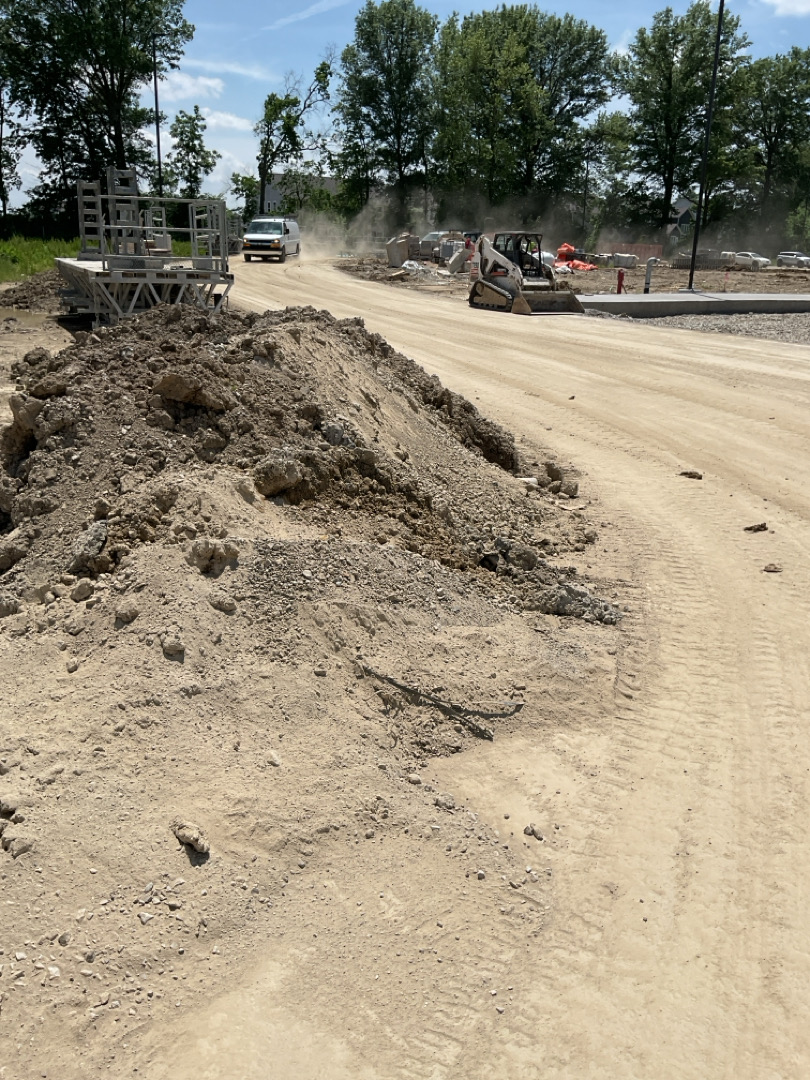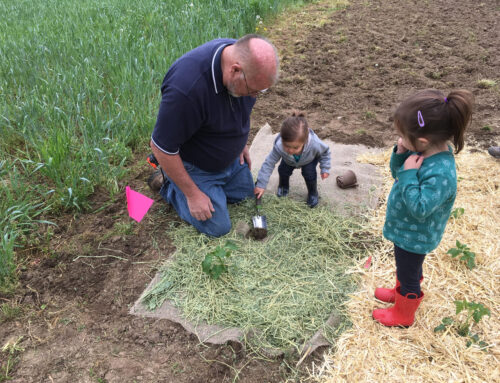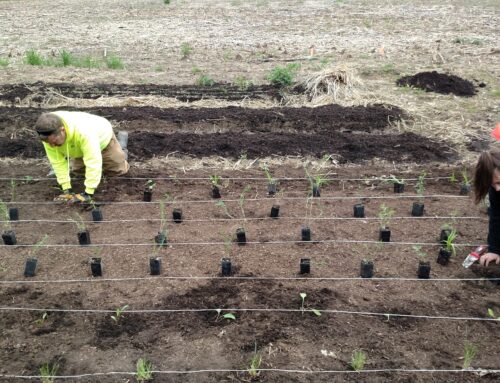Dust generated from construction activities can pose significant environmental and health risks. It can lead to air pollution, respiratory problems for workers and nearby residents, and property damage. Implementing effective dust control measures is essential for any construction project.
Understanding the Problem
Before diving into solutions, it is crucial to understand the main sources of dust on a construction site:
- Soil erosion: Wind can easily pick up exposed soil particles.
- Material handling: Loading, unloading, stockpiling, and transporting small particle materials can generate dust.
- Demolition and excavation: Breaking down structures and digging can release substantial amounts of dust.
- Vehicle traffic: Construction vehicles can track mud and dirt onto public roads, creating dust when it dries.

Sediment accumulation on roadways increases chances of dust leaving the site through the air and on tires.
How Site Preparation Matters
- Phase construction activities: Try not to commence all construction areas at once. Phasing construction areas prevents exposed soil and stockpiles from being inactive for too long.
- Soil stabilization: Sow temporary vegetation on bare soil and soil stockpiles that will be inactive for 7 or more days. Additionally, erosion control blankets can also be used.
- Perimeter control: Install temporary fencing or barriers to contain dust within the site.

An unprotected stockpile is eroding into the road causing additional sediment accumulation.
Construction Activities
- Water management: Apply a light amount of water to exposed soil surfaces and roads to reduce dust generation.
- Cover stockpiles: Use tarps or netting to cover materials, preventing windblown dust.
- Vehicle wash: Establish a vehicle wash area to clean construction vehicles before exiting the site.
- Regular cleaning: Sweep and clean work areas regularly to remove dust accumulation.
Monitoring and Compliance
- Air quality monitoring: Monitor air quality levels on and around the site to assess the effectiveness of control measures. Monitoring can be as simple as a visual inspection.
- Regulatory compliance: Stay informed about local dust control regulations.
- Employee training: Educate workers about the importance of dust control and proper procedures. Dust produced by construction can be toxic when inhaled for a long time.

Dust can be seen after a truck drove through the site.
Additional Tips
- Communication: To avoid receiving a public complaint, inform neighbors about your dust control measures and potential disruptions as issues occur.
- Cleanliness: Always have equipment or a plan ready to clean offsite areas as sediment moves. Any sediment leaving the permitted area is a violation.
- Emergency plan: Develop a plan to address unexpected dust issues, such as high winds or equipment failures.
- Collaboration: Work with Marion County Soil and Water Conservation District to ensure compliance.
By implementing these strategies and maintaining a proactive approach, you can significantly reduce dust emissions from construction sites and thus protect the environment and the health of your workers and the community.







